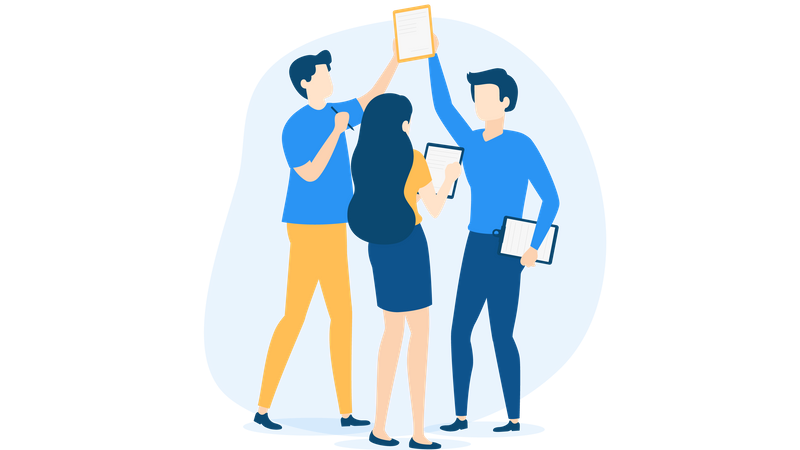Perfectionism, although a way to control our surroundings, can often control us. As a student in the stressful and competitive environment of college, I’ve seen the pursuit of perfection overwhelm me and those around me. These incidents caught the attention of Duke psychiatry and behavioral science professors Nancy Zucker and Rachel Alison Adcock. The two decided to do an in-depth study of perfectionism, and how perfectionists can better handle their stress and be more productive.

When first trying to measure perfectionism, Zucker and Adcock found that “…the core essence of perfectionism was the sphere of failure,” meaning that out of everyone they studied, the majority of participants tended to be pushed to perfectionism because of a fear of failing. Given this, Zucker and Adcock were able to show a correlation between one’s concern over mistakes and their anxiety, social anxiety, and depressive symptoms.

Even with these correlations being present, “If given the choice between being a perfectionist and not being a perfectionist, 62.5% [of perfectionists] would choose to stay.” This means that in order to better support perfectionists in their everyday lives, Zucker and Adcock had to find ways to support perfectionists without trying to change them–in other words, you can’t just tell perfectionists to not be perfectionists anymore. So together, they created four different solutions to help minimize the harm of perfectionism:
Solution 1: Increase resource
Zucker and Adcock note that this is usually advice given for better mental health; “Go do something fun. Hang out with your friends. Go do yoga…” While these tips can be helpful, Zucker and Adcock were more interested in the opposite side of the issue–how instead perfectionists can work on optimizing their demands
Solution 2: Defining demands
Again, Zucker and Adcock mention some limitations to this argument. It is not expected that perfectionists will reduce their standards–for example, “Duke. A slightly less than exceptional education, Duke Health. Slightly less than exceptional care.” Therefore this solution of defining demands relies on both the perfectionist and those in the position to assign work to the perfectionist. An example of this is a professor reevaluating the importance of the work they are assigning–does the work really need to be completed by this date? By ensuring the work assigned and completed “respect[s] our own resources, prioritize[s] stamina and [is] orient[ed] to growth and progress,” the standards of work become more realistic and achievable.

Solution 3: Change the reward value (and distress) of making mistakes via self-regulation
Through testing how individuals responded to high confidence versus low confidence errors (or in other words, individuals who confidently answer a question that is incorrect are more likely to remember the correct solution after being told than those who answer a question with low confidence and are incorrect), Zucker and Adcock found that “high perfectionism individuals are less sensitive to error than low perfectionism individuals” and “high perfectionism individuals are only sensitive to error after negative or positive framing.” This means that changing how perfectionists are made aware of their mistakes (showing them how mistakes are learning opportunities) can “increase perfectionists’ sensitivity to surprising feedback in updating beliefs,” and thus help those individuals learn from their mistakes better–so as to show how mistakes are crucial for learning.
Solution 4: Change reward value and distress of mistakes via social contingencies and milieu
Similar to solution three, solution four’s goal is to change the perception of mistakes, however, this solution proposes a change through group support instead of self-regulation. This could look like peer support groups for perfectionist individuals. Zucker and Adcock emphasize the importance of the message, “We are more than a single moment in time,” which can be beneficial for a perfectionist individual to hear from their trusted peers.

The importance of mistakes was a theme that continued to pop up throughout Zucker and Adcock’s presentation. And while that can seem cliche, it’s something that we as students, professors, and people, should listen to more (thanks to Zucker and Adcock, we’ve also seen how making mistakes is scientifically proven to teach us the correct answer).
As the researchers wrapped up their talk, they left us with one more quote that stuck with me. “We are in the pursuit of the unknown. Hope is medicine. Imperatives are not hope.”
In a place like college, where just one failure can feel like the end of the world, Zucker and Adcock’s research encourages us to grow comfortable with the unknown so that our mistakes too can be something to be proud of.

Sarah Pusser Class of 2028
























